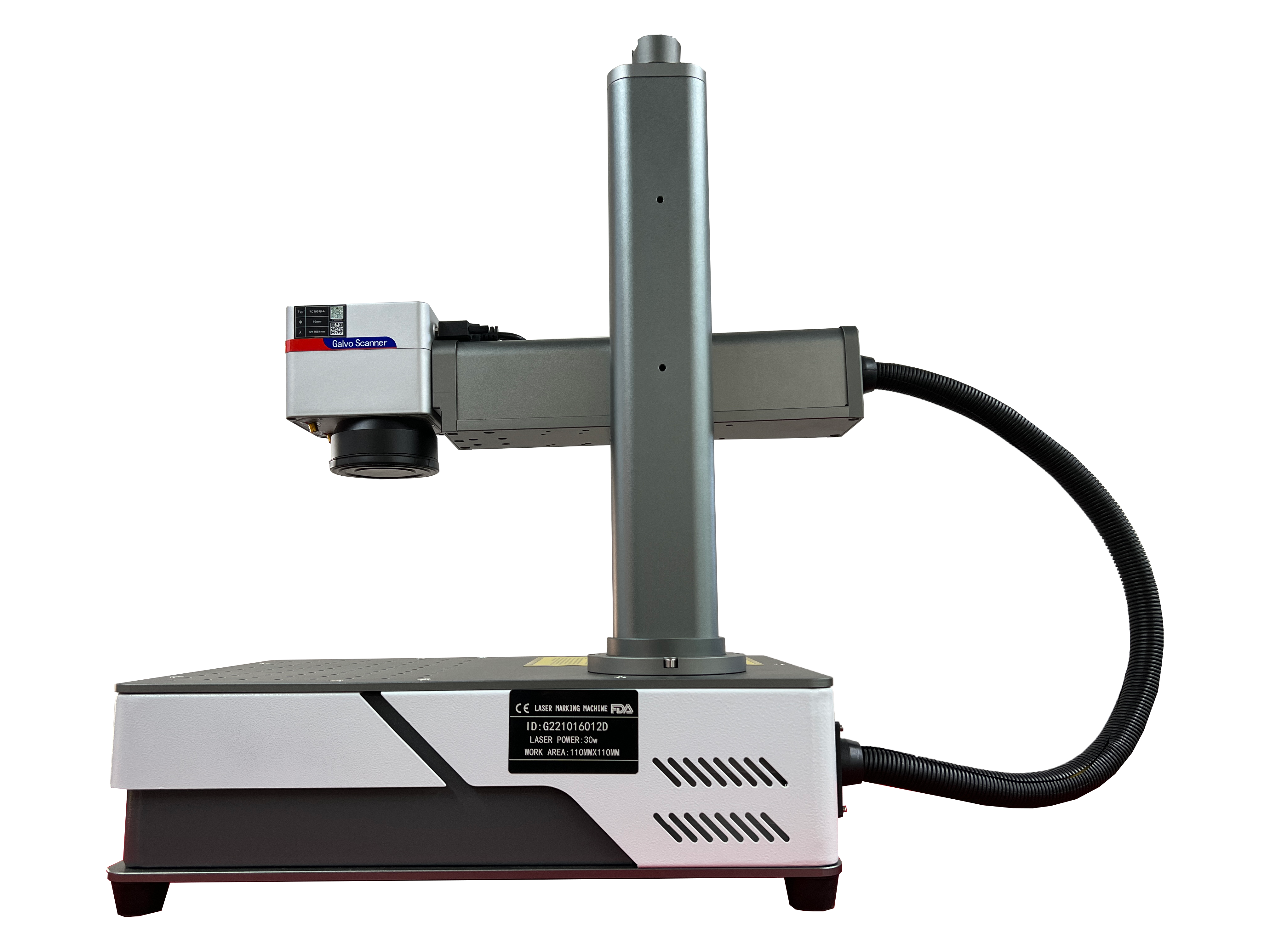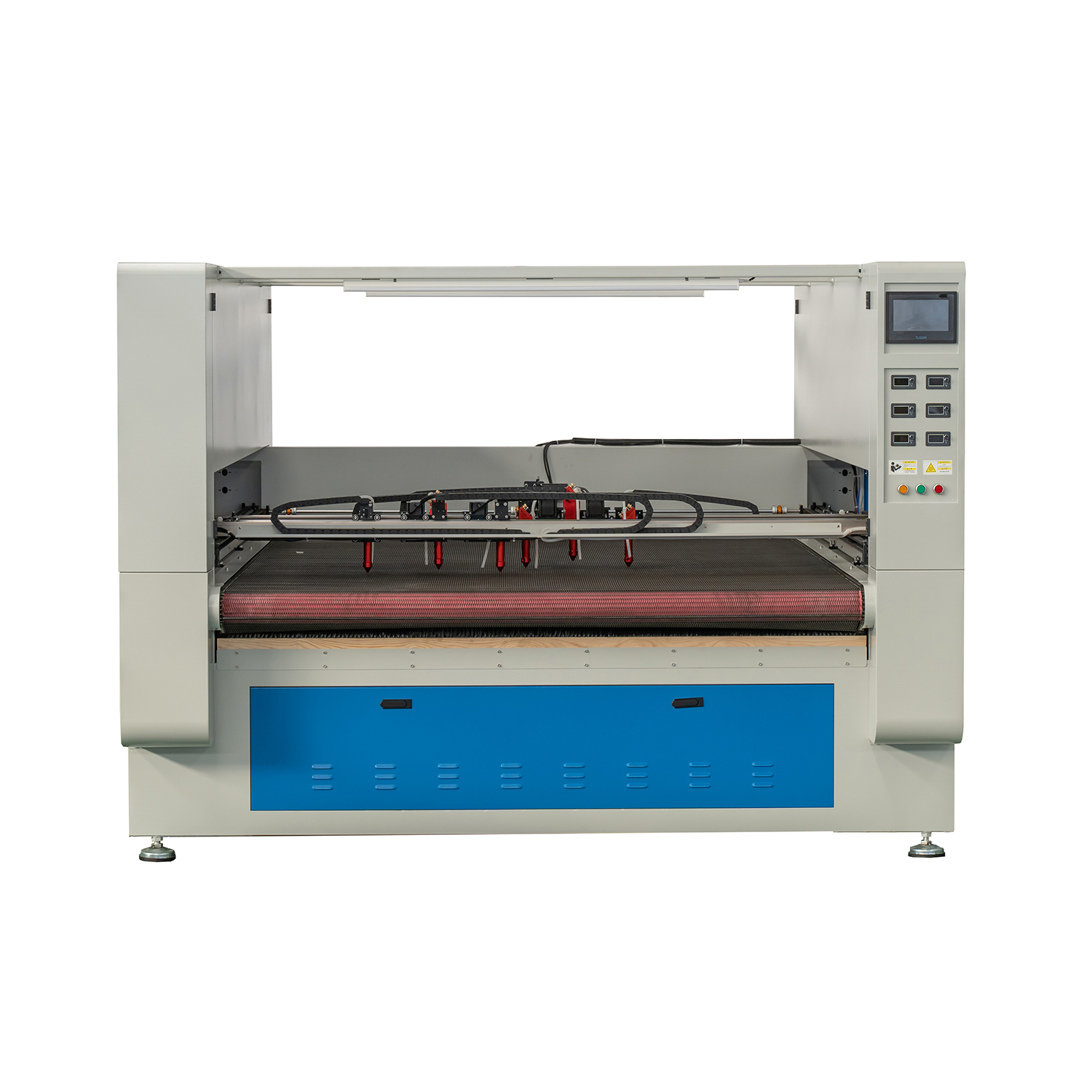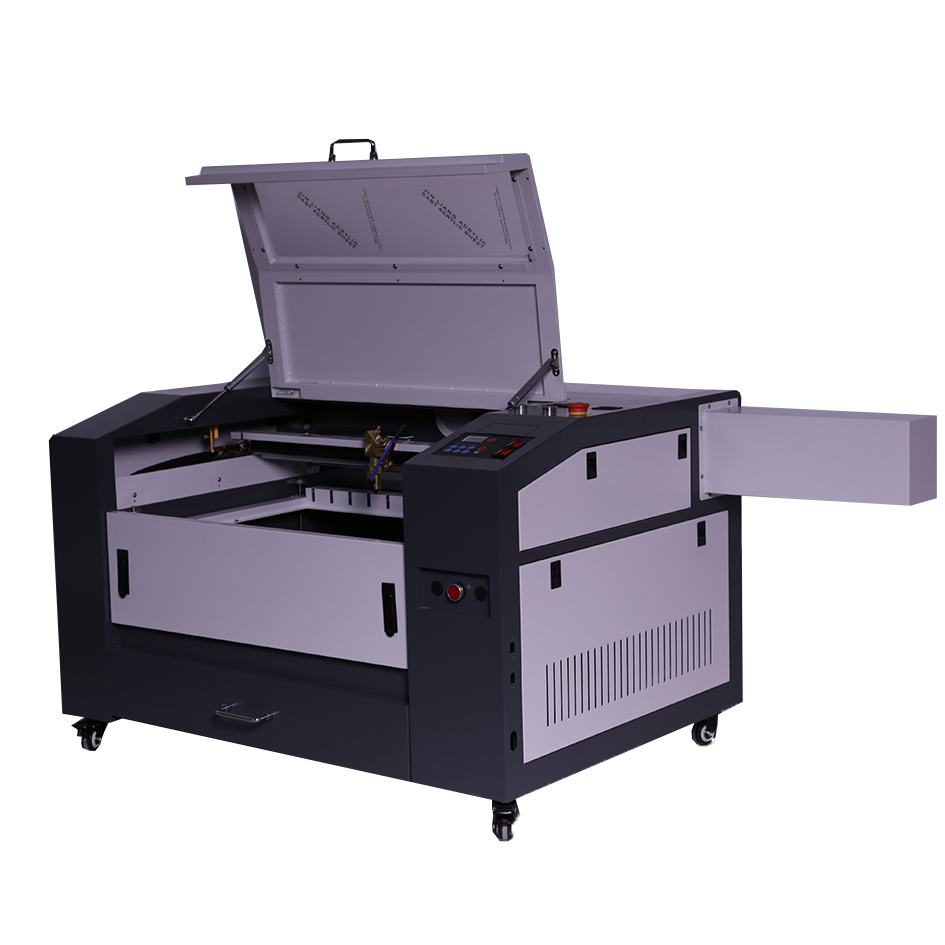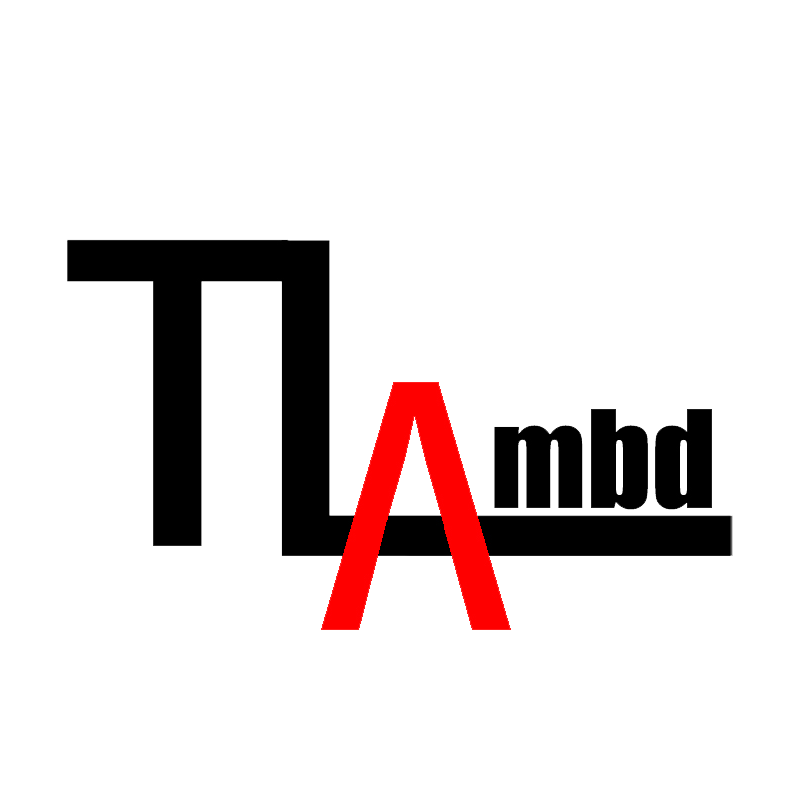Current Status and Highlights of China's Laser Industry
Optoelectronic technology is one of the important development directions in the 21st century. It is expected that from 2024 to 2028, the global optoelectronics industry market will grow at a compound annual growth rate (CAGR) of approximately 8%, reaching $2 trillion by 2028. "Light manufacturing" has brought revolutionary changes to traditional industrial manufacturing and is the core foundation of advanced manufacturing and precision additive manufacturing.
In 2024, China's industrial added value reached 40.5 trillion yuan, with the manufacturing industry maintaining the world's top position for 15 consecutive years. In this process, laser manufacturing and additive manufacturing, as key supporting technologies for strategic emerging and future industries, have strongly promoted the development of new types of productivity and accelerated the transformation and upgrading of China's manufacturing sector.
According to statistics from the Laser Processing Committee, the output value of China's laser industry in 2024 is approximately 105.9 billion yuan, a year-on-year increase of 8%. The world is accelerating into an era of fully optical manufacturing characterized by intelligence, high-end technology, and environmental friendliness. The 'optical' manufacturing industry is striving for excellence in quality improvement, efficiency enhancement, and intelligent development, continuously reaching new peaks in the field of laser technology.
Looking back at 2024, China's laser industry has adhered to an innovation-driven approach, guided by national strategic needs, and achieved numerous breakthroughs in core materials, core components, and equipment. Beam quality and output energy have continuously improved, beam control capabilities have consistently advanced, and, combined with cutting-edge technologies such as artificial intelligence, the industry has led upgrades. The laser industry is transitioning from "speed" to "quality," and its application fields are expanding from traditional manufacturing to emerging national strategic industries such as aerospace, new energy, low-altitude economy, biomedicine, and healthcare. These areas impose higher requirements on laser equipment while also providing broad market space.
In terms of light sources, the energy output of fiber lasers has been increased to 200,000 watts or even higher; breakthroughs have been made in special lasers such as water-guided lasers and welding light sources; ultrafast lasers have made progress in power, mode, spectral characteristics, and application expansion; in the core component field, key breakthroughs have been achieved, such as high electro-optical conversion efficiency chips and high-reliability fiber coupling technology. The application of lasers in the new energy sector has deepened, supporting the development of the new energy vehicle industry; in the photovoltaic industry, laser technology is widely used in the manufacturing of high-efficiency solar cells such as PERC, TOPCon, HJT, XBC, and perovskite, improving power generation efficiency and accelerating the transformation of the energy structure towards green and low-carbon. In addition, laser technology is increasingly applied in industries such as aerospace, nuclear energy, shipbuilding, and construction machinery, providing innovative equipment and processes for these sectors.
In 2024, despite overall challenges faced by the manufacturing sector, laser companies continued to operate at full throttle in areas such as commissioning and capacity expansion. Multiple projects involving laser sources, equipment, high-end chips, core components, and control systems were successively launched, initiated, or put into production. At the same time, the laser industry achieved significant breakthroughs in standardization, with a series of industry standards concerning lasers, laser equipment, laser welding, and new energy being issued, regulating technological development and product quality. In addition, collaborative innovation across industry, academia, and research institutions continues to deepen, as companies, universities, research organizations, and downstream users jointly establish laboratories and research centers, focusing on major national strategic needs and tackling key core technologies.
Laser technology will become the core driving force leading advanced manufacturing and driving future industries. Moving forward, efforts should be made to further break through core technologies such as high-power laser intelligent manufacturing systems, laser micro- and nanomanufacturing equipment, high-performance lasers, semiconductor photonic chips, and optical materials, overcoming critical technological bottlenecks to seize the global frontier of technology. At the same time, innovation in laser manufacturing processes and equipment should be accelerated, breakthroughs in industrial-grade lasers for extreme manufacturing should be promoted, and new high-end laser application demands should be created in key industrial sectors. Looking to the future, it is also crucial to cultivate high-end, interdisciplinary, and cross-field laser manufacturing talents, solidify the foundation of industry innovation, and propel the photonics industry toward a new journey of high-quality development in its platinum decade.



Post time: 10-23-2025





